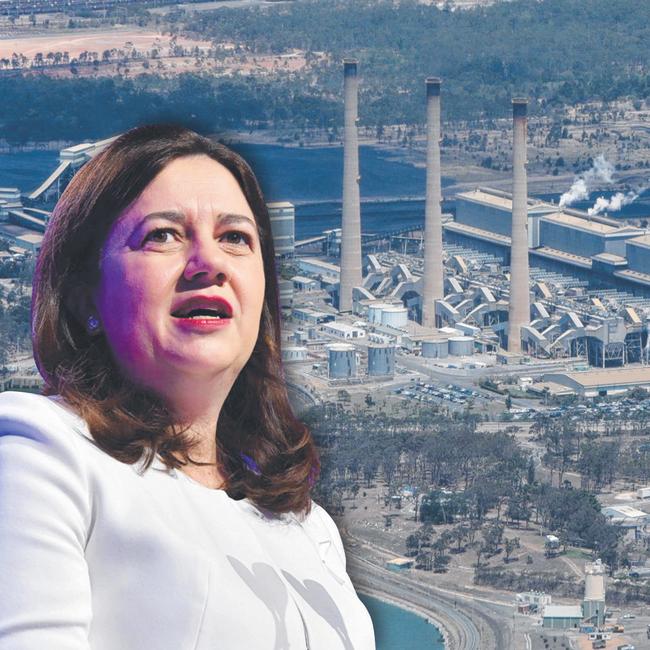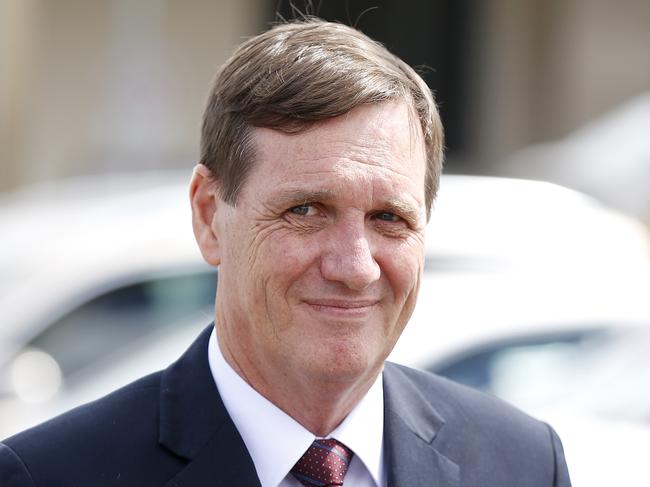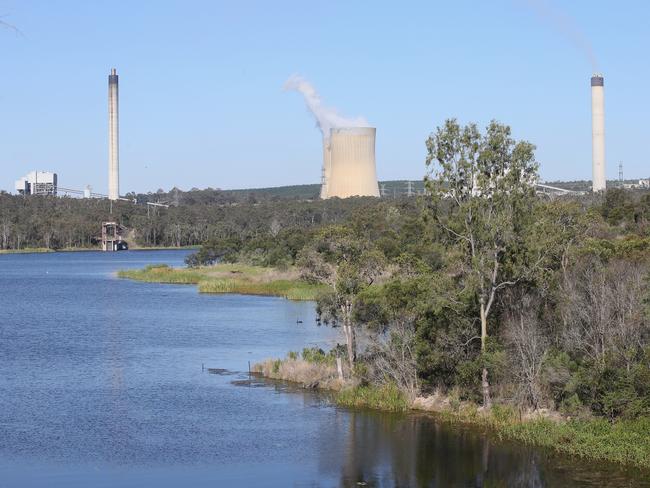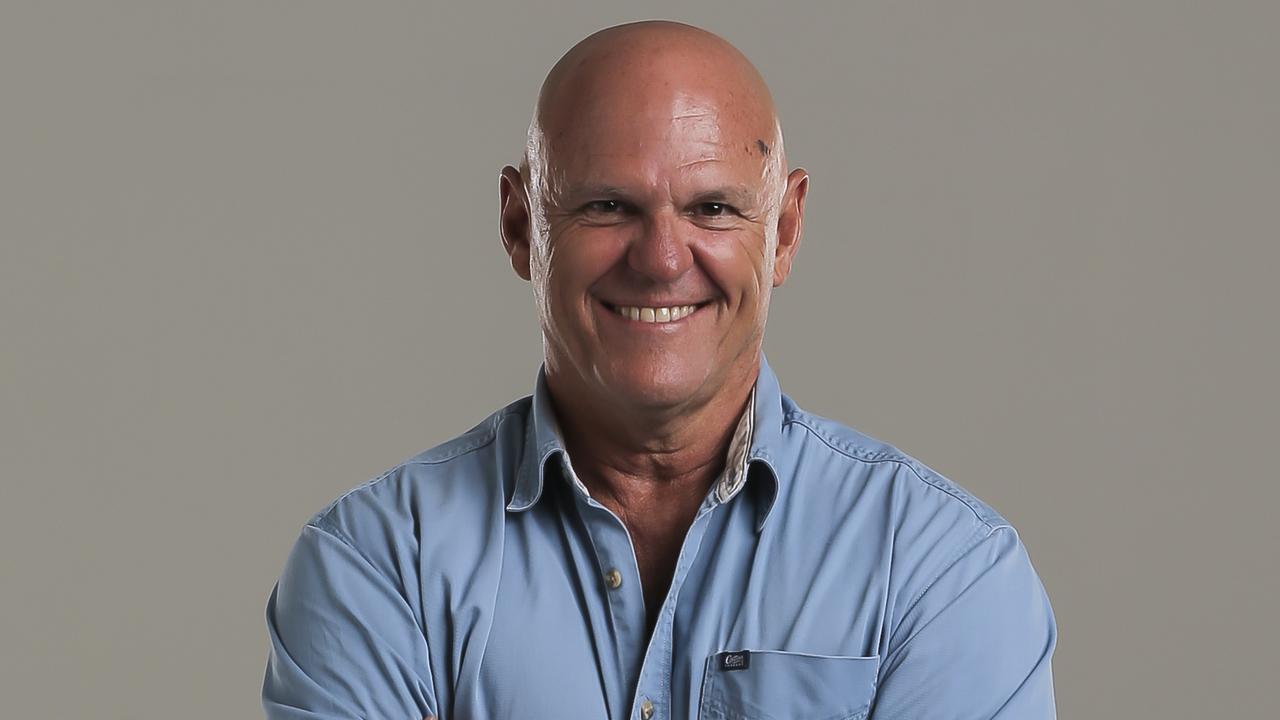Opinion: Coal-fired power and renewables can’t fully coexist
Queensland Labor made a commitment on the state’s energy future before heading to the polls last year, but experts never believed the claim, writes Steven Wardill.

Opinion
Don't miss out on the headlines from Opinion. Followed categories will be added to My News.
DURING last year’s election, the State Labor Government strongly denied plans for 50 per cent renewable energy use by 2030 would force the closure of coal-fired power stations.
There were no plans for closure, Queenslanders were told in the days before heading to the polls, because our state had the youngest, least-emission-intensive fleet of coal-fired generation in the country, well-placed to continue to supply reliable electricity.
Energy system ‘needs an overhaul’
One-off reduction in power bills
Energy experts, however, never believed the claim. The maths just didn’t add up.
How was the Queensland Government going to force 14,000MW of renewable energy into the market in just over a decade and not force some of the existing 14,000MW of installed generation out?
Given Queensland’s record peak use was just under 10,000MW and energy demand growth has flatlined, it defies logic to suggest ageing coal plants won’t close when the energy produced by their younger, cheaper and emissions-free competitors is given market priority.
There has long been expectation that Queensland’s biggest single power producer, the privately owned Gladstone power station, would be the first forced out by Labor’s renewable energy drive.
The station was officially opened by then premier Joh Bjelke-Petersen in 1976, the year Apple Computer was established and Queen topped the charts with Bohemian Rhapsody.
Its owner, NRG Gladstone Operating Services, in which miner Rio Tinto has a big stake, continues to insist the 1680MW plant will coexist with renewables.
And that view is likely predicated on the plant continuing to sell power to Boyne Smelters, the largest aluminium smelter in Australia, which Rio also owns.

However a recent report by the Australian Energy Market Operator suggested that not only will Gladstone reach the “end of technical life” by 2030, it also found the Government’s only hope of meeting its 50 per cent renewables commitment might be to close Gladstone sooner.
Gladstone’s closure would not just cost jobs at the power station and have implications for the energy-intensive industries that power central Queensland’s economy.
It could also impact power prices for every consumer given the huge investment in high-voltage transmission lines that would be required to connect large-scale solar and wind projects, and transport this energy over the distance required to meet demand.
While the intermittency of renewables attracts much attention, the huge cost of connecting them to the grid and ensuring the energy they generate is stable remains either unknown or deemed not palatable for public consumption.
Perhaps these cost implications explain why the fate of the Government’s Renewables 400 initiative – a reverse auction to supply solar, wind and storage solutions – remains unknown more than a year after attracting 115 proposals.
While the Government has spruiked a “clean energy hub” in north Queensland – a virtual power station that would create thousands of jobs – a decision on the required investment in transmission lines has not yet been made.

AEMO’s Integrated System Plan report, ordered in the wake of the Finkel Review, found north Queensland already had poor grid system strength, which could worsen as intermittent sources replace coal.
“Following further development of renewable generation and retirement of synchronous generation (coal-fired plants), most renewable energy zones with high-quality renewable resources are projected to have low system strength unless remediation steps are taken,” AEMO found.
These steps add to the price of renewable plants.
Then comes the cost of connecting them to the grid.
AEMO found that while north Queensland had excellent renewables resources that would work well with storage solutions, there was not enough capacity available in the existing transmission network to allow them in without forcing existing generation sources out.
“Energy storage projects in this area could support the abundance of correlated solar projects in this locality,” AEMO said.
“However, due to a recent surge in renewable generator connections in this area, and the resulting energy surplus, further large-scale generator connections are unlikely to be efficient in north Queensland until existing thermal generation in central Queensland starts to retire.”

This is where the Government’s pre-election “no plans for closures” rhetoric starts to fall flat.
Gladstone power station will reach the end of its technical life in 2030, but its owner plans to continue operations beyond that. The state-owned Tarong and Callide B won’t hit this point until a decade later.
However, as AEMO has revealed, Queensland’s existing network already loses significant amounts of energy because of the distance it has to travel.
So the Government will likely have to force Gladstone out early to meet its own 2030 deadline, and spend significant sums upgrading the transmission network, or both.
And if Federal Labor’s 45 per cent renewables target is introduced, further closures will be required sooner, as Queensland’s own expert panel found.
A transition to cleaner energy sources is a worthy goal.
However, the State Government is in denial about the implications of its own policy, not being upfront about the costs, or doesn’t have a clue about how to achieve the target.
Maybe by the next state election in late 2020 things will have become clearer.
Take a step to the Right
THE young hooligans of the LNP still seem to have their Ralph Lauren-branded boxers in a twist about abortion laws.
An urgency motion was moved at their meet on Tuesday night to further condemn the three Liberal National MPs — Tim Nicholls, Steve Minnikin and Jann Stuckey — who backed Labor’s contentious changes.
Alas, the motion was not carried, much to the chagrin of some Young LNP types who are still promising retribution.
However, the Young LNP meet did pass motions condemning Victoria for funding safe injecting rooms and backing Brisbane’s Tattersals Club’s right to retain its 153-year-old rule only allowing male members.
Greeting cards with the perks
THE annual competition of politicians posing for the most cheesy Christmas card photograph gets under way soon.
Seared into the collective memories of all recipients was the effort of Agriculture Minister Mark Furner last year, who was pictured smooching a horse.
Perhaps this year ministers could pose in some of the sweet gifts they’ve pocketed going about their business.
Education Minister Grace Grace has the $290 Gucci scarf she received from a delegation of Italian politicians.
And sticking with the same cuddly theme, Furner could show off the $250 Little Aussie Ringer Teddy Bear he received from the famous Tambo Teddies.
Staff issues on the edge
THINGS are apparently a bit tense in the office of Child Safety Minister Di Farmer.
There’s scuttlebutt in Labor circles about some staff apparently not turning up for work.
Child Safety has always been a stressful portfolio, but recent cases have apparently put some individuals on edge.
Meanwhile, one of the Government’s most experienced media operators has suddenly left its employ.
Staff are perplexed about what happened, and have discovered clauses in their contracts which stipulate they can be sacked at any time without reason.
Meanwhile, the Government continues to advertise for staff a year after being re-elected.
Thank you @TajHotels for helping celebrate my wedding anniversary today. Happy Anniversary Paul pic.twitter.com/C5OgyaP5vj
— Kate Jones (@katejonesqld) November 28, 2018
Week that was... and will be
Good week: Emergency Services Minister Craig Crawford, who showed having a minister for fire trucks might not be a bad idea.
Bad week: Health Minister Steven Miles, after a real poll showed Queenslanders wanted to keep Lady Cilento’s name on the state’s children’s hospital.
Quote of the week: “Thank you @TajHotels for helping celebrate my wedding anniversary today. Happy anniversary Paul.” — Innovation Minister Kate Jones celebrates her special day while on a trade trip to India
.
Next week: The legal affairs committe has allocated a whole half-hour for a public hearing into Katter’s Australian Party leader Robbie Katter‘s laws to protect gender-specific language.


